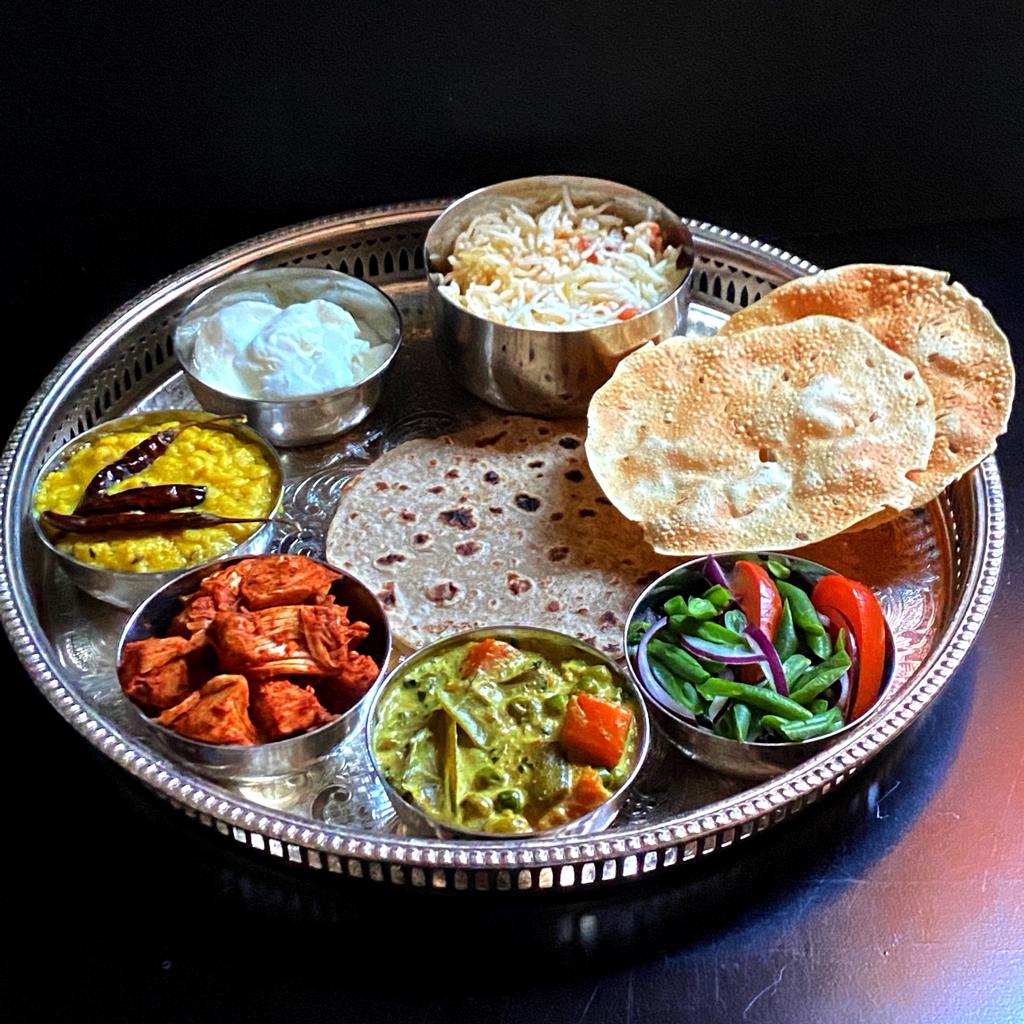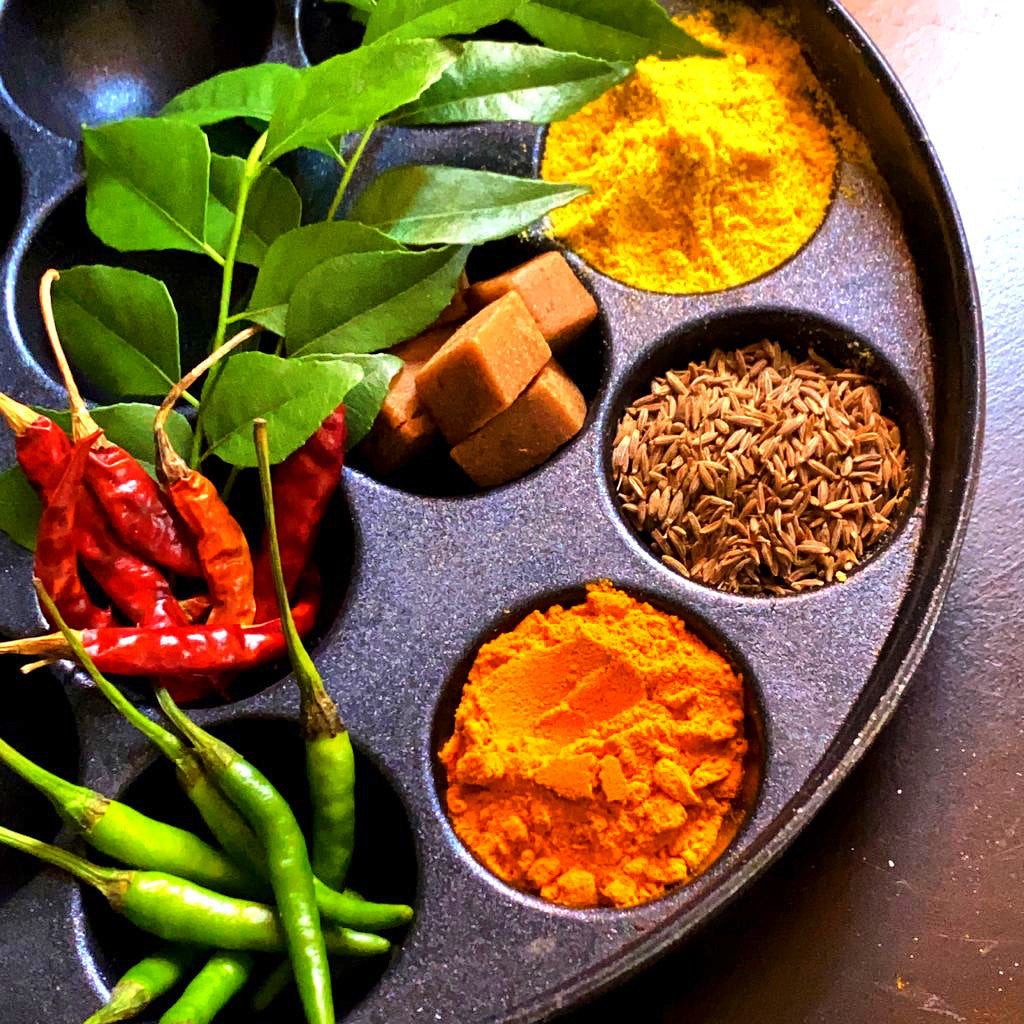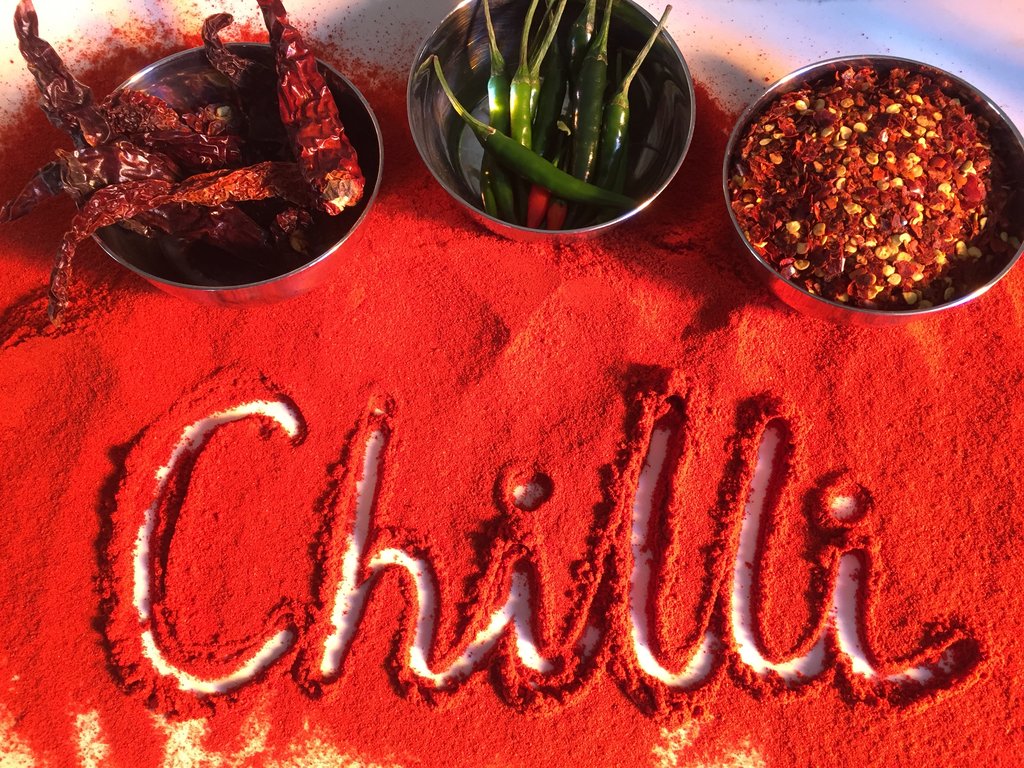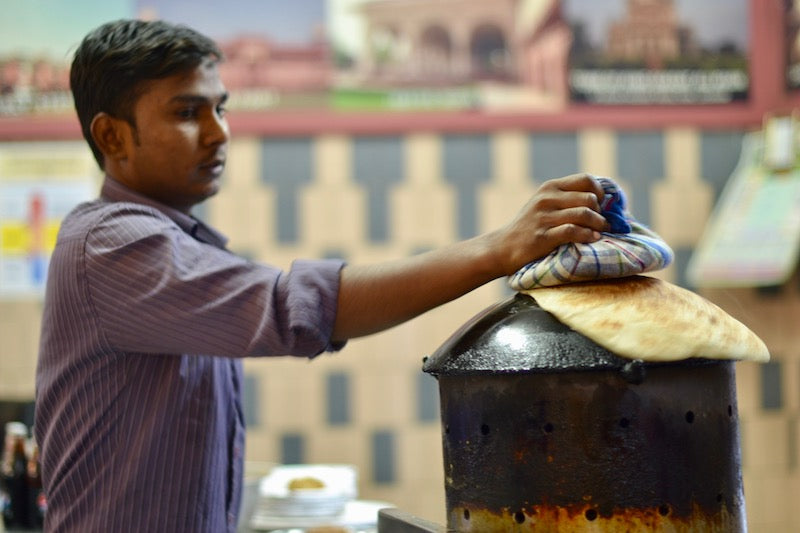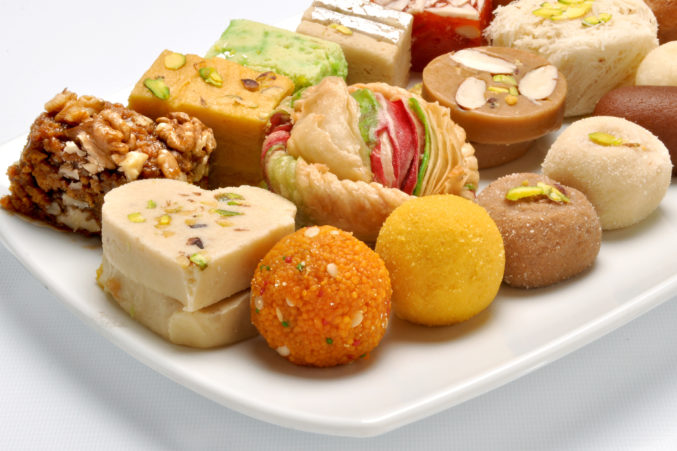The Versatile Legume - The Humble Chickpea
By Conchita de Souza
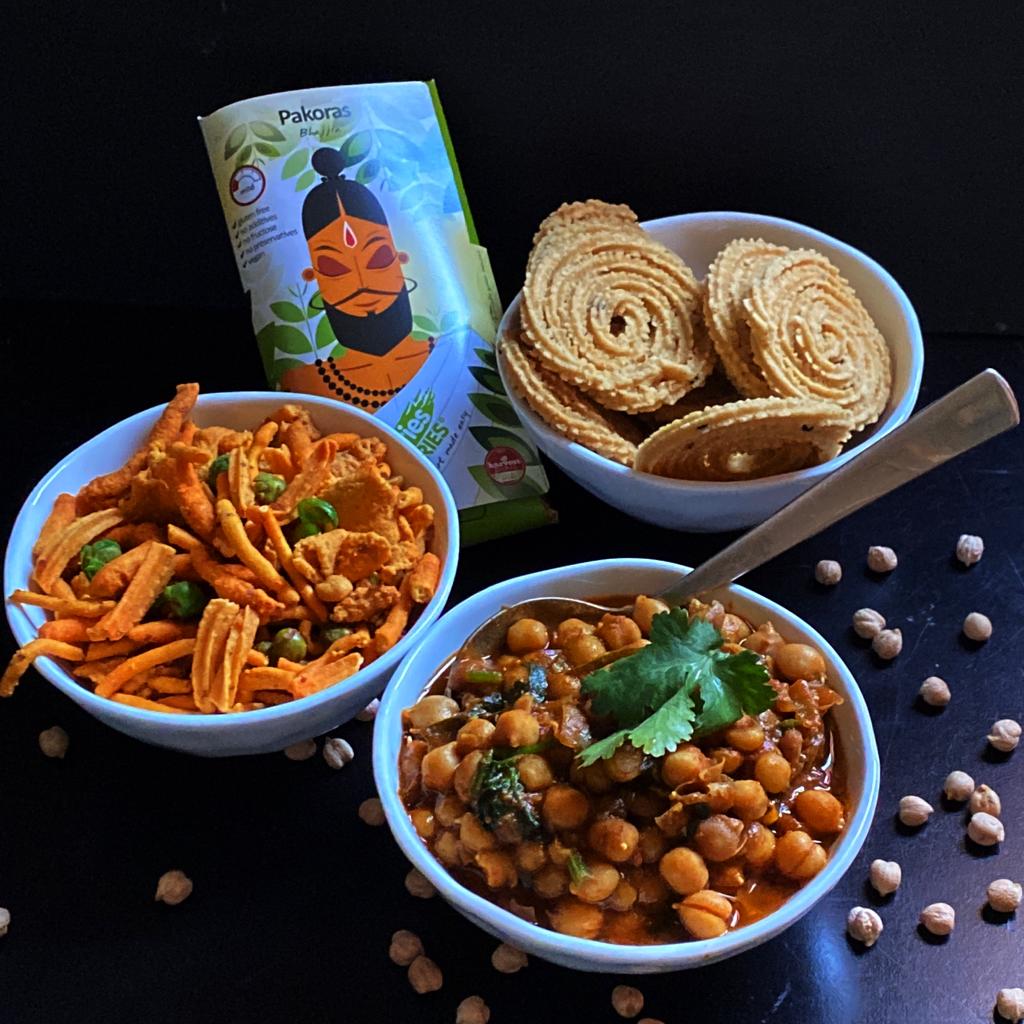
Image: Teatime snacks of gathiya (left) and chaklee (right) as well as channa masala (bottom) are all dishes using the chickpea.
In the last fews years and thanks to the rise of TikTok and Reels on Instagram, there have been popular trends using certain ingredients in ways that we had not thought of before. For example, who would have thought that Zucchini (or courgette) could be used as noodles or spaghetti or as a key ingredient in loafs? And sweet potatoes in brownies?
In India, the humble chickpea has been and continues to be used in a myriad of forms - sweet and savoury. Today’s post explores its use throughout Indian cuisine and beyond.
A bit about chickpeas
Chickpeas are said to have originated in the Middle East with traces found in Turkey dating as far back as 7,500 years ago.
The two main forms of chickpeas are the Kabuli Chickpeas, also known as Garbanzo beans and Desi chickpeas which are known as Kala Channa in the Hindi/Urdu languages or Bengal Gram. The former is lighter in colour, almost beige and the latter has a dark brown coating. Desi chickpeas are skinned and split to make channa dal. Green chickpeas (hara channa) is another variety that is sweeter than its counterparts.
According to the Food and Agriculture Organisation (FAO), India is the world’s largest producer of chickpeas followed by Australia and Turkey.
From a nutritional perspective, chickpeas are a great source of both protein and fibre, allowing you to feel fuller for longer.
Used as a whole legume
Many states/regions in India have a localised chickpea curry that is a staple in homes. Ours is a favourite of many customers and you can try it here.
- Chole or channa masala is served either with deep fried flatbreads - puri (small and unleavened) or bhature (large and leavened).
- Ashtami prasad - this is traditionally eaten on the eighth day of the Navratri festival and is a dry dish accompanied by poori and halwa (sweet made from semolina) as an offering to the goddess. Kala channa is used and it is prepared as a dry dish with a combination of spices like chilli powder, cumin powder, coriander powder, raw mango powder (amchur) etc. The south-Indian version is described below.
- Shondal (temple chickpea salad) - this tangy dish is prepared and served to the devotees in south Indian temples. Here’s a link to this simple snack/side dish.
Used in flour form
In India, channa dal, which is the black chickpea skinned and split, is ground into flour and called besan. Chickpea flour made from kabuli chickpeas is not the same as besan, which is finer and softer. Both are great gluten-free alternatives to regular wheat flour.
Besan is used to thicken gravies, bind patties and to dust fish before frying. It is indeed a staple in an Indian pantry.
Savoury
1. Mains
-
Kadhi - A simple lunch time curry served with rice hails from the North of India. You can drop in pakoras (see below) to take this to the next level.

Image: Kadhi is a yoghurt-based curry mixed with besan
2. Snacks
- Chillas (chickpea omelette) - finely chopped onions, tomatoes and fresh coriander are mixed with besan and water before being cooked in a pan like pancakes.
- Murkuru/Chaklee - these are usually spiral shaped snacks that are enjoyed with chai
- Ghathiya - thin straw-like crispy snacks that are spiced with chilli powder, turmeric and ajwain.
-
Pakora/bhajia - our favourite tea time snack in which a batter of chickpeas flour and spices are used to coat vegetables, fishes and even chicken before being deep-fried until crisp.

Image: A teatime favourite - chai with onion pakora
Dessert (Mithai)
Many a mithai is made from besan and the reason it works so well is because of the naturally nutty flavour it imparts. More importantly, the besan is ever-so-soft in texture and your teeth sink through it with every bite and it melts whilst sitting on your tongue.
- Besan Laddoo - a round-shaped sweet made primarily from three ingredients; besan, ghee and sugar.
- Soan papadi (pictured here) is a melt in the mouth flaky sweet that is similar to fairy floss in terms of its lightness and airiness but not form.

Image: Round cakes of soft and flakey soan papadi - Channa Doss - a delicacy that hails from Goa and has a fudge like consistency.
- Barfi - usually a milk-based sweet but it can also be made using besan
Other uses of Besan (Beauty)
Chickpea flour is made into a paste and is used in lieu of soap to wash babies after they have been massaged with a vegetable oil.
It can also be used as a natural face mask to cleanse away impurities. Click here for a homemade recipe that has just three ingredients including the flour itself!
We trust you have been convinced to give Chickpeas and Besan a home in your pantry.

